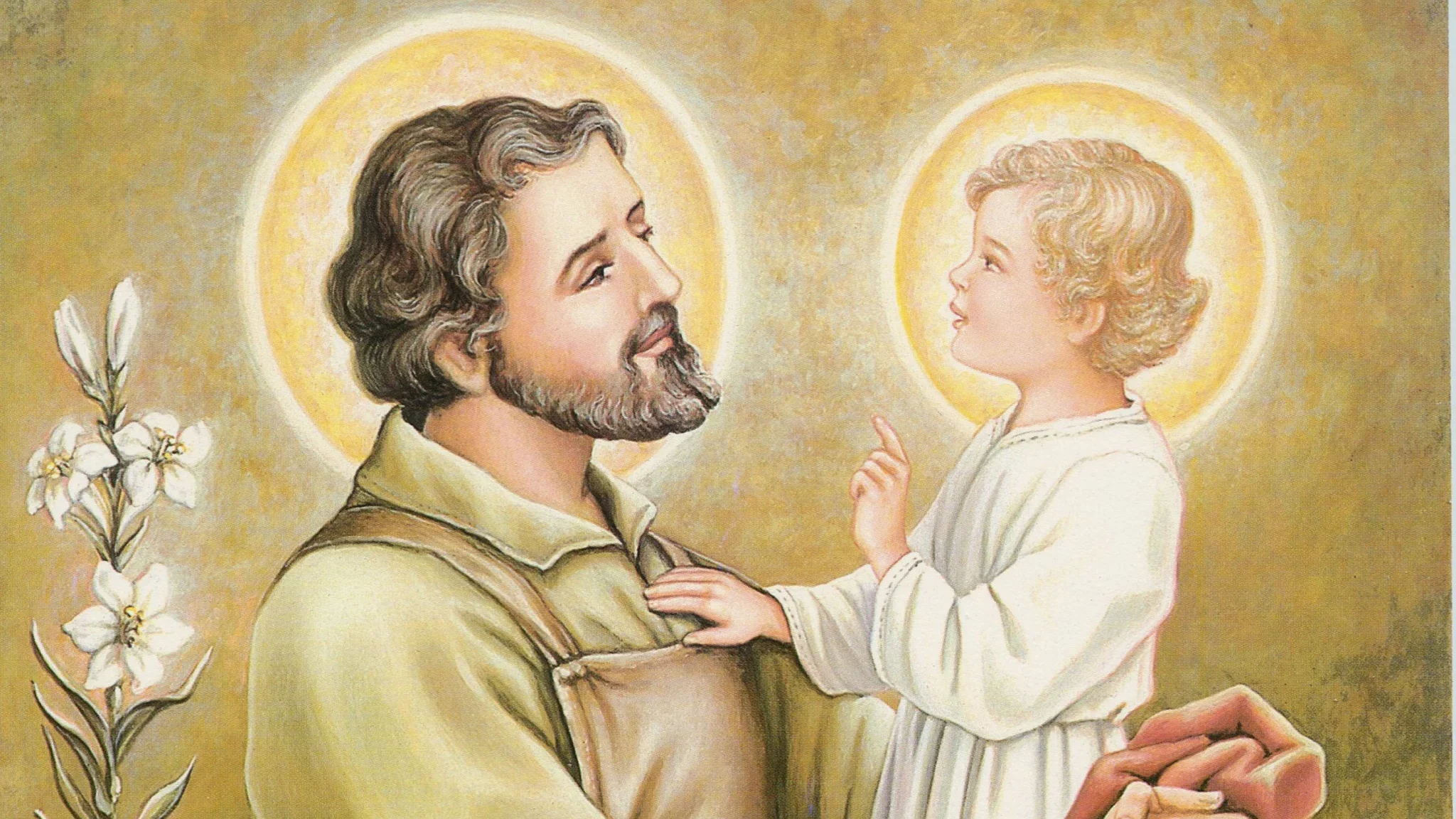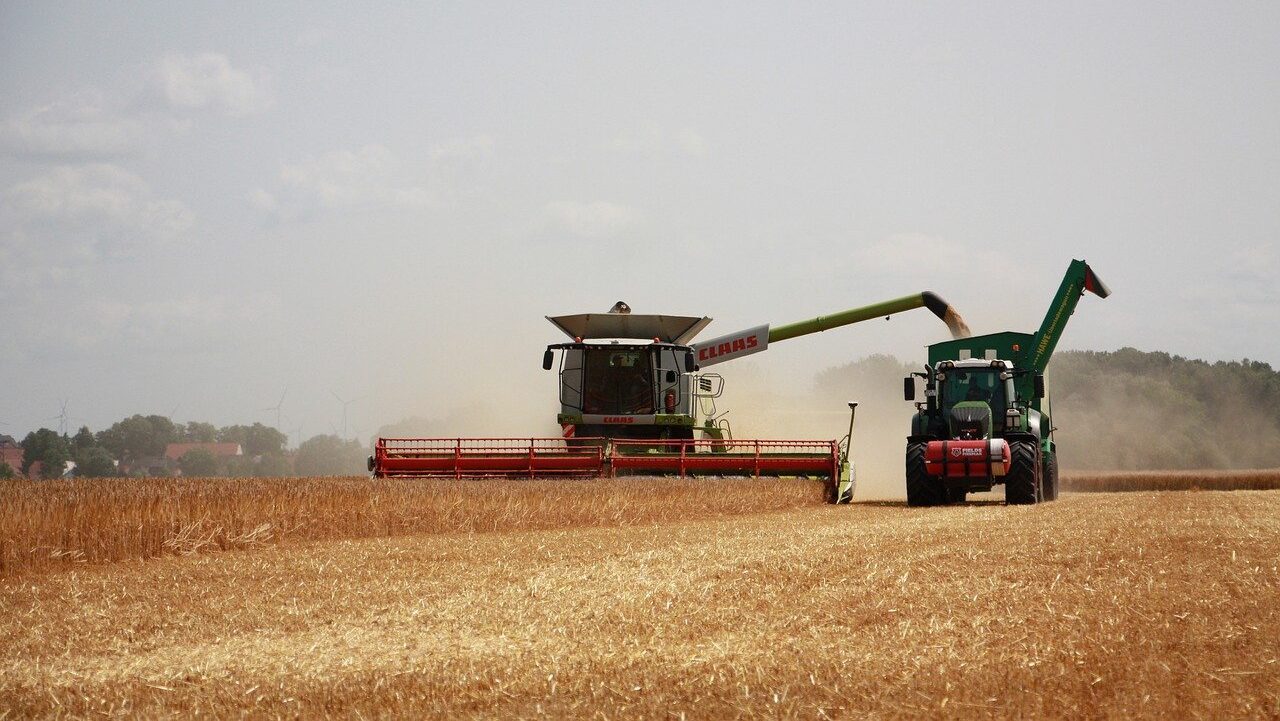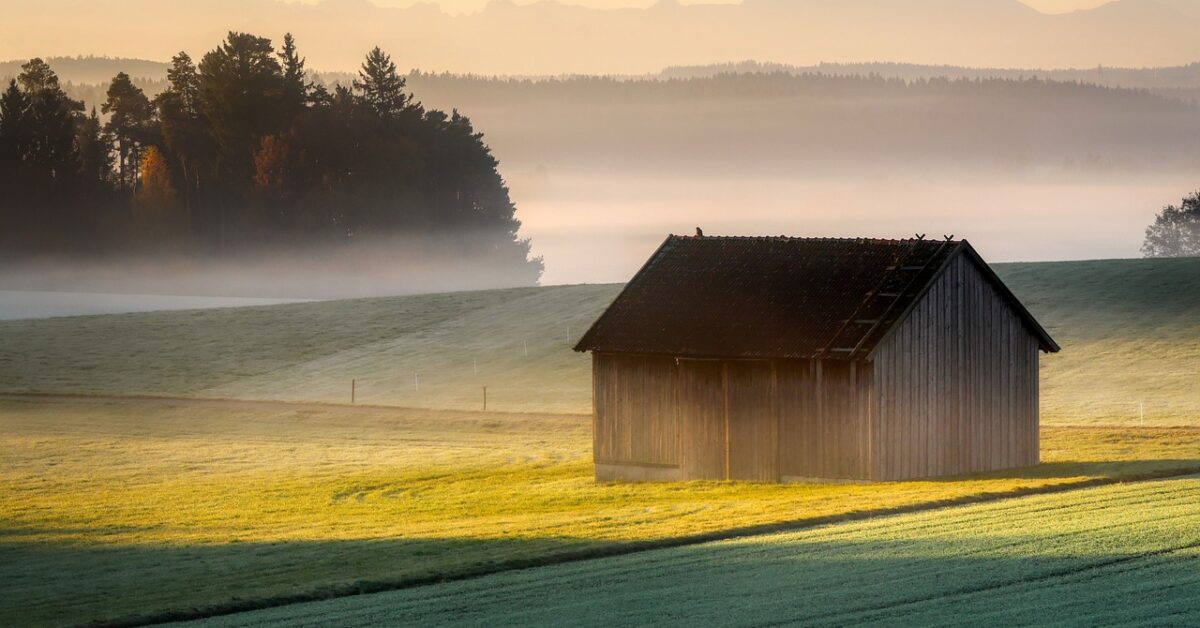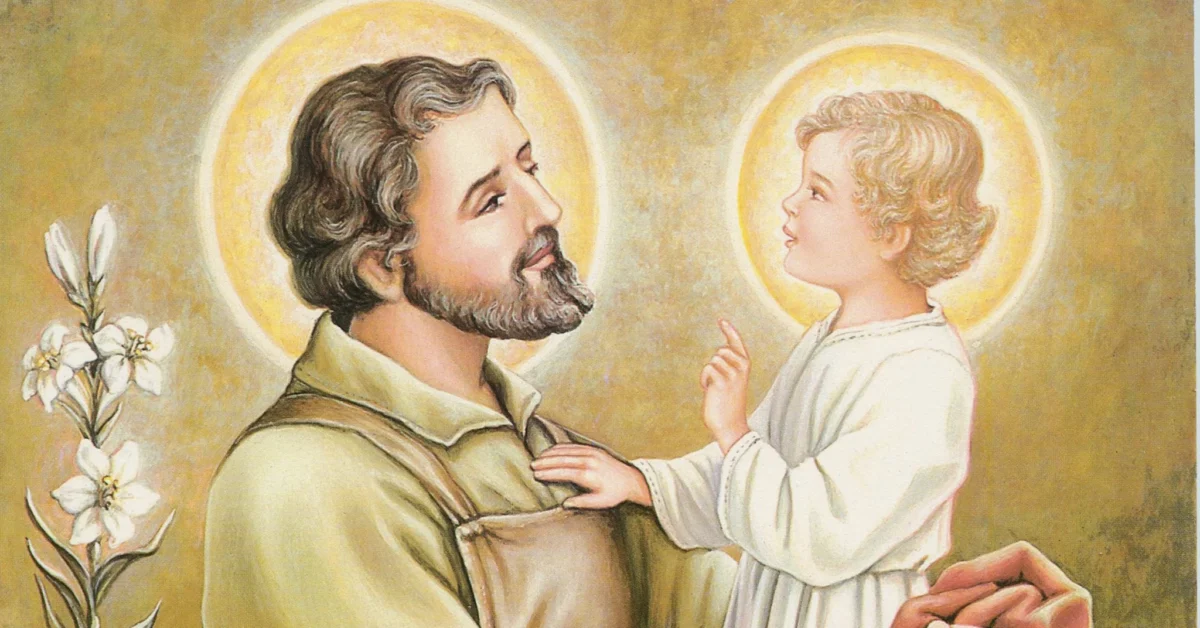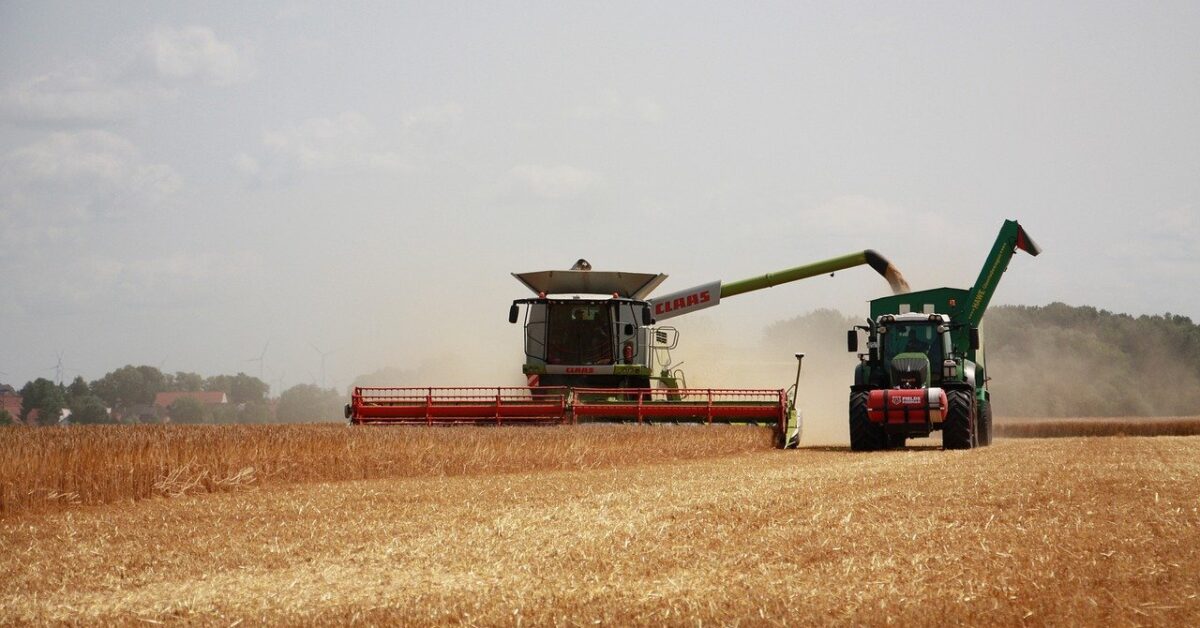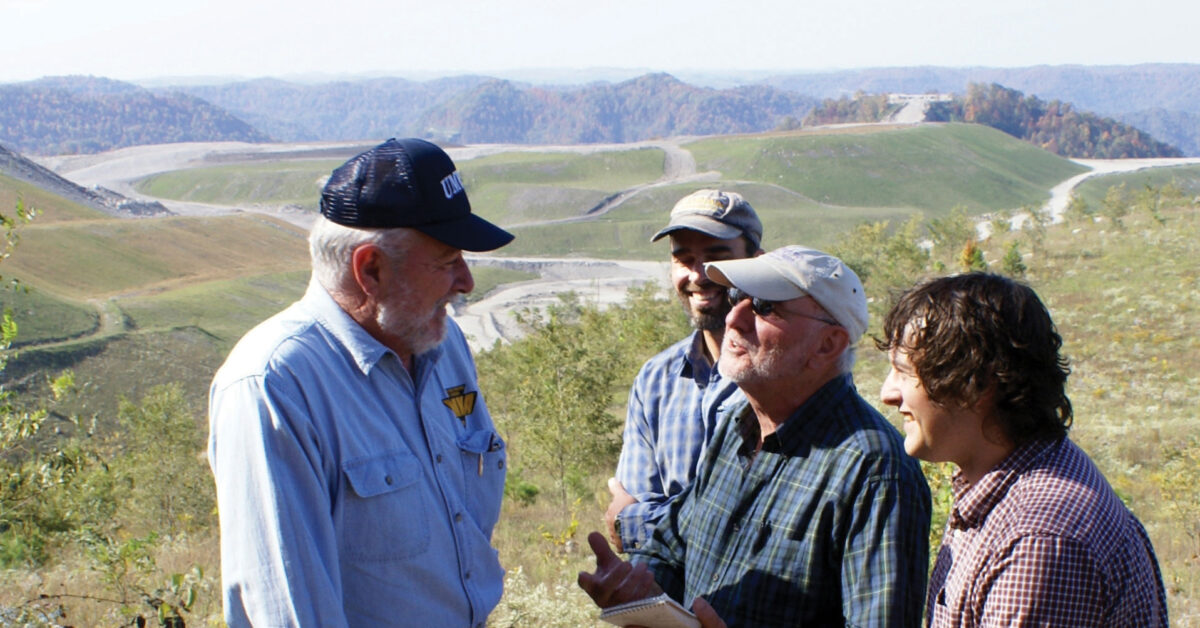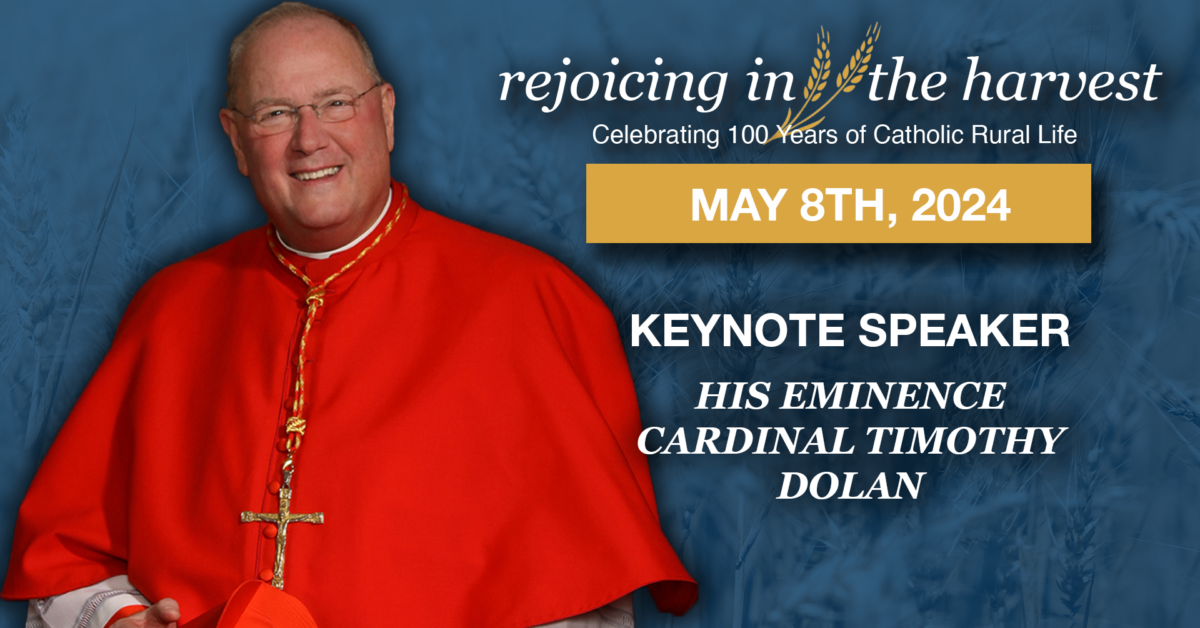“MATER ET MAGISTRA Or ‘Well Begun is Half Done'” – by Dr. Christopher Thompson
A Commentary
In May, the Pontifical Council for Justice and Peace is sponsoring an International Congress marking the 50th anniversary of John XXIII’s social encyclical, Mater et Magistra. It’s a great occasion to take stock of our efforts to engage these issues in a sustained manner and I am honored to be taking part in the congress.
But I will have to admit that for those of us in Catholic higher education, the anniversary celebrations may be less an exercise in marking accomplishments and more of realization of how much remains to be done.
If we look upon American agriculture from the perspective of production, an astonishing portrait of

accomplishment emerges. In 1961, the year of the promulgation of Mater et Magistra, U.S. agriculture produced 3.6 billion bushels of corn, 1.2 billion bushels of wheat, and 679 million bushels of soybeans. It was a remarkable period of productivity following the post-war years of development and prosperity. Today, however, such accomplishments seem modest by comparison, for those same figures have multiplied several times over: corn production has increased by 350 percent (to 13.2 billion bushes annually), more than three times the levels of output only 50 years ago. Wheat production has nearly doubled in the same time period (to almost 2.2 billion bushels annually), while soybean harvests have multiplied by a factor of five, nearly a 500 percent increase when compared to only a generation earlier. These human achievements in the arena of American agriculture are almost too difficult to comprehend, they give witness to the remarkable fruits of God’s providence and human labor and manifest what some might call a certain “rule of superabundance.”
And yet if we consider the same phenomena from the perspective of the human person, a less sanguine portrait emerges. Side by side with the staggering achievements in production values, stands the more sobering statistics concerning the social goods of American agricultural life.
In 1960, 4 million farms were occupied by families. Today, within a span of only two generations, half of the family farms in the United States have disappeared.1 For the fifty years prior to Mater et Magistra, the family farm was promoted by the Catholic church as one of the most ideal conditions in which a family might be raised and a livelihood pursued. For the fifty years following the promulgation of Mater et Magistra, the family farm has been decimated and its status has been reduced to some nostalgic recollection of an era largely believed to have evaporated.
Coupled with these costs to the “human ecology,” one can include the burdens on the natural ecology: soil erosion, soil depletion, water contamination and extensive environmental damage to native habitats continues to plague industrial agriculture, despite ongoing efforts to address these concerns.
To assess the achievements of American agriculture, then, merely from the prism of its production alone, would be naïve and in many ways irresponsible from the vantage of appropriate social analysis. For Catholics especially, in light of our commitments to the dignity of the human person, no analysis of American agriculture can be considered adequate without an explicit reflection on the impact such industry has had upon the human community and the person, considered as an image of God and steward of the earth.
Many aspects of the circumstances I have described above have not gone without notice as the church has repeatedly called us to reflect on these dimensions both from the perspective of the human person and the social economic realities to which they give rise. Time does not permit us to recall all of the efforts on the part of our Holy Father to raise concern among Catholics and others about the re-evaluation of agriculture both from an environmental and human standpoint. “The time is now for the re-evaluation of agriculture,” he said at a recent Angelus address at St. Peter’s square, “not in some nostalgic sense, but as an indispensable resource for the future.”2 Blessed John Paul II, in many of his social encyclicals and especially in his own personal witness before the people of Iowa in 1979, brought the issues of agricultural stewardship before the conscience of the United States in unprecedented ways. The United States Bishops, too, both at the national and regional levels need to be recognized for their persistent efforts to lead the church to a deeper consideration of the human, ethical and social concerns which lie at the heart of our agricultural tradition.
Special attention, of course, needs to be given to the National Catholic Rural Life Conference, which for over 80 years has worked to bring the gospel of Jesus Christ and the social teachings of His church into the heart of rural life in the United States. Established by Father (later Archbishop) Edwin OHara, in 1923, the Conference continues to be one of the principle means by which Catholic social thought is promulgated among rural farmers, primarily of the central United States. 3 Historically, the conference served as a catalyst for discussion, a clearinghouse for best practices, and an advocacy organization to promote its Catholic rural philosophy. Among its many accomplishments were a series of summer courses, in which a “rural philosophy” was offered by theologians, social scientists, and agricultural experts, to rural communities throughout the central United States. At its peak, some sixty schools enrolled 1,700 priests, 9,000 women religious, and 12,000 laity in various schools of rural philosophy sponsored by the Conference.4
Today, the National Catholic Rural Life Conference continues in its efforts in the arena of policy advocacy and shares its best practices among a variety of Catholic social agencies, all dedicated to the integration of Catholic social thought and agricultural practice. Together with the Bishops and allied social agencies, a persistent and noble effort has been put forth to bring the dignity of the human person into the forefront of American agricultural policy and practice.
And yet, it is precisely here at the intersection of agriculture and the human person, that one encounters what is perhaps the most staggering statistic concerning the essential relationship between agricultural life and Catholic life as it has unfolded in United States within the last 50 years. And it is simply this: Of the 244 Catholic degree granting institutions of higher learning within the United States, not one offers a program of study in Agriculture.
It may be argued that the history of Catholic higher education in the United States has been largely played out in an urban context, and as such, educational institutions have a kind of natural prejudice for urban affairs and its concerns. Historically, Catholic higher education in the United States has admirably served the needs of immigrant populations and has served to facilitate their entry into contemporary, professional life. The achievements in this regard are remarkable and well documented, and need not be rehearsed here.
But while the urban character of Catholic higher education may account for some of the reasons why agricultural concerns do not register among some of its institutional endeavors, its wholesale absence in Catholic centers of higher learning demands a more probative account.
Especially as one considers the ever-increasing prominence of agriculture as an economic reality, its absence in Catholic contexts is remarkable. Indeed, if one takes into consideration the broader aspects of agriculture and its importance, namely, in terms of food security, labor, the use of the earth’s resources, the treatment of animals, habits of consumption and the stewardship of the earth, to name a few, the exclusion of agricultural as a human and therefore moral endeavor from the arena of the church’s educational mission is, with all due respect, scandalous.
Consider the situation from the vantage of the family farm. Parents who wish to hand on a tradition of livelihood are essentially faced with a difficult decision regarding the formation of their children and the passing of their heritage. Either they send their children to learn the best in agricultural practices at secular institutions and thus effectively end their formation in Catholic intellectual culture. Or they send their children to Catholic institutions of higher learning and abandon the hopes for their ongoing development in the family tradition. Both options seem inadequate as both options compromise the ability to create a living faith filled community across generations of Catholic rural life.
Consider these same circumstances from the vantage of the young person in rural America. Already faced with the unprecedented challenges of contemporary secularization, what impress is made upon the youth of this generation who grow up on the farm and perhaps give thought to its continuance as their vocation? Even if the family were to make the difficult sacrifices necessary to earn a degree at a Catholic university, the young person would nonetheless enter an intellectual community in which his or her family’s occupation, an occupation that might have spanned several generations, remains nonetheless invisible.
Finally, consider these circumstances from the perspective of the Church, as mother and teacher, her principle means of developing Catholic values in the future generations is precisely the medium of Catholic higher education. As an instrument at the service of ecclesial life, Catholic institutions of higher learning provide the critical role of both developing and handing on the Church’s vision of the human person and the promotion of common good.
The complete and thoroughgoing absence of any sustained interaction between Catholic educational institutions and agricultural studies can only lead to mutual misunderstanding and recrimination, alienation and isolation. The two communities of discourse inevitably proceed without a common language. Too often, the legitimate values of production are poised against the equally important values of preservation and conservation of the earth’s natural resources. The overall situation becomes unsustainable and is ultimately a contradiction of the human person, whose vocation from the very beginning has been to both till and keep the earth, that is, to draw from her resources a meaningful product, and to steward her resources for the generations to come.
The challenges are vast and the situation is of ever increasing complexity, but the Church as the mother and teacher, cannot remain indifferent to these concerns and at the same time remain true to herself. As John the XXIII so aptly stated: “Mother and Teacher of all nations—such is the Catholic Church . . . to hold the world in an embrace of love, that men, in every age, should find in her their own completeness in a higher order of living, and their ultimate salvation.”
Mater—for sure; but Magistra?
There’s more to be done.
Dr. Christopher Thompson is a NCRLC board member and the academic dean at St. Paul Seminary School of Divinity in St. Paul, Minn. He teaches moral theology to seminarians and lay students at the University of St. Thomas and has written on moral theology, psychology, marriage and family, and the importance of the environment, with particular interest in the thought of St. Thomas Aquinas.
Click
HERE to read more commentaries by Dr. Christopher Thompson!
1 For an overview of some of the relevant issues surrounding food security and agricultural practice in light of Catholic social teaching see also, Martin M. McLaughlin, World Food Security: A Catholic View of Food Policy in the New Millennium. (Washington, D. C.: Center of Concern, 2002).
2 November 14, 2010. http://www.zenit.org/article-30959?l=english
3 For a life of Archbishop O’Hara, see, (Archbishop) Timothy Michael Dolan, Some Seed Fell on Good Ground: The Life of Edwin O’Hara.(Washington, D. C.: The Catholic University of America Press, 1992).
4 Christopher Hamlin and John T. McGreevy, “The Greening of America, Catholic Style, 1930 – 1950,” Environmental History 11 (July, 2006): 464 – 499.
 accomplishment emerges. In 1961, the year of the promulgation of Mater et Magistra, U.S. agriculture produced 3.6 billion bushels of corn, 1.2 billion bushels of wheat, and 679 million bushels of soybeans. It was a remarkable period of productivity following the post-war years of development and prosperity. Today, however, such accomplishments seem modest by comparison, for those same figures have multiplied several times over: corn production has increased by 350 percent (to 13.2 billion bushes annually), more than three times the levels of output only 50 years ago. Wheat production has nearly doubled in the same time period (to almost 2.2 billion bushels annually), while soybean harvests have multiplied by a factor of five, nearly a 500 percent increase when compared to only a generation earlier. These human achievements in the arena of American agriculture are almost too difficult to comprehend, they give witness to the remarkable fruits of God’s providence and human labor and manifest what some might call a certain “rule of superabundance.”
accomplishment emerges. In 1961, the year of the promulgation of Mater et Magistra, U.S. agriculture produced 3.6 billion bushels of corn, 1.2 billion bushels of wheat, and 679 million bushels of soybeans. It was a remarkable period of productivity following the post-war years of development and prosperity. Today, however, such accomplishments seem modest by comparison, for those same figures have multiplied several times over: corn production has increased by 350 percent (to 13.2 billion bushes annually), more than three times the levels of output only 50 years ago. Wheat production has nearly doubled in the same time period (to almost 2.2 billion bushels annually), while soybean harvests have multiplied by a factor of five, nearly a 500 percent increase when compared to only a generation earlier. These human achievements in the arena of American agriculture are almost too difficult to comprehend, they give witness to the remarkable fruits of God’s providence and human labor and manifest what some might call a certain “rule of superabundance.”
